Legos are the game changer for innovative education.
Photo: Bigstock.
Logic and creativity are essential elements for an integral education; they develop basic problem-solving abilities. One of the most fundamental resources in the last decade that make sure children practice creativity and logic are Lego toys.
These toys have proved their value to create a unique learning experience, that helps to form creative and structural thinking at the same time. Its design gives kids the freedom to build whatever they want, but it’s assembled dynamic helps them think in an orderly fashion to create figures, building, bridges, cities, or even machines.
These experiences are linked to the activity of game, that soothes the learning process, by making it more fun.
“Where it starts to get creative is when they go ‘Now I know how to make a crocodile mouth move, can I use that in a different model?’ Or ‘Can I change the movement, so it does something different? Do I have to change the motors? What code do I have to change?’”
Over the past three years, a partnership between Lego and UNICEF has promoted quality early learning through play for children in 48 countries around the world, increasing the global capacity to leverage early-learning opportunities and driving global understanding and commitment to the value of play in education.
Now, coding opens a new phase in this platform for educational innovation, through games and lessons, kids are learning valuable skills in a tech-dominated word.
The name of the game is: code
Recent technological advancements have changed the way we use Lego blocks as educational tools. Nowadays, students not only have the chance to build stuff that looks good; they can create objects that work.
“Where it starts to get creative is when they go ‘Now I know how to make a crocodile mouth move, can I use that in a different model?’ Or ‘Can I change the movement, so it does something different? Do I have to change the motors? What code do I have to change?’” Teacher Lisa Marshall, who leads the computer learning efforts at Lego for Education, explains the train of thought that leads children to creativity.
In this process, code teaches children about logic, loops, and sequences. They understand by practice that computers need specific instructions. It’s a trial and error process to figure out where is the problem between what we said and what the machine-executed.
Logical thinking and coding are necessary skills to compete in the workforce. 8 of the top 25 jobs are tech related. Job offers in this area are growing 12% more than the others in the labor market.
This is why it is so vital to ease the learning process of these skills with an innovative method that feels like a game to the students. Just with a little bit of fun, a few hours a week, we give children the tools to stay afloat in an ever-growing tech work market.
This article from Observatory of the Institute for the Future of Education may be shared under the terms of the license CC BY-NC-SA 4.0 
)
)
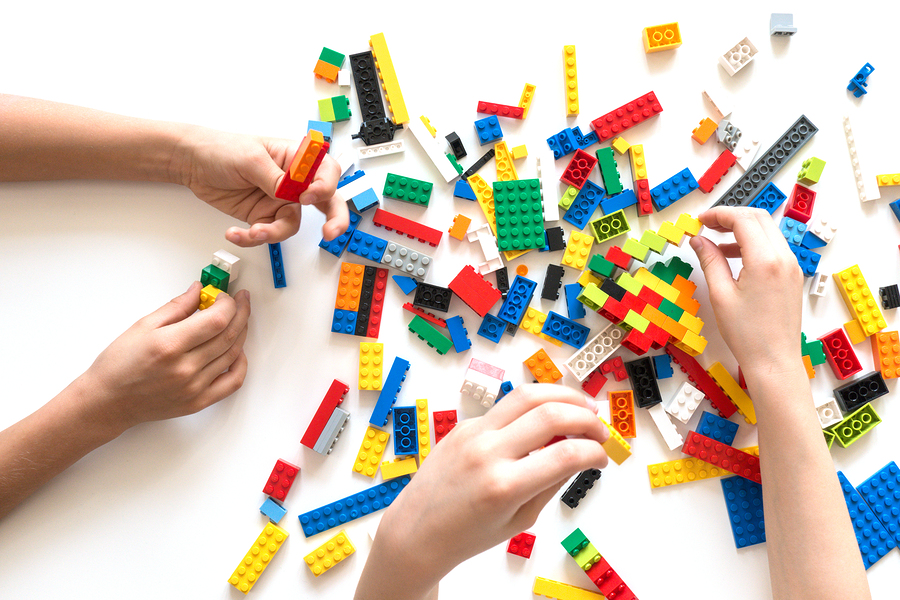
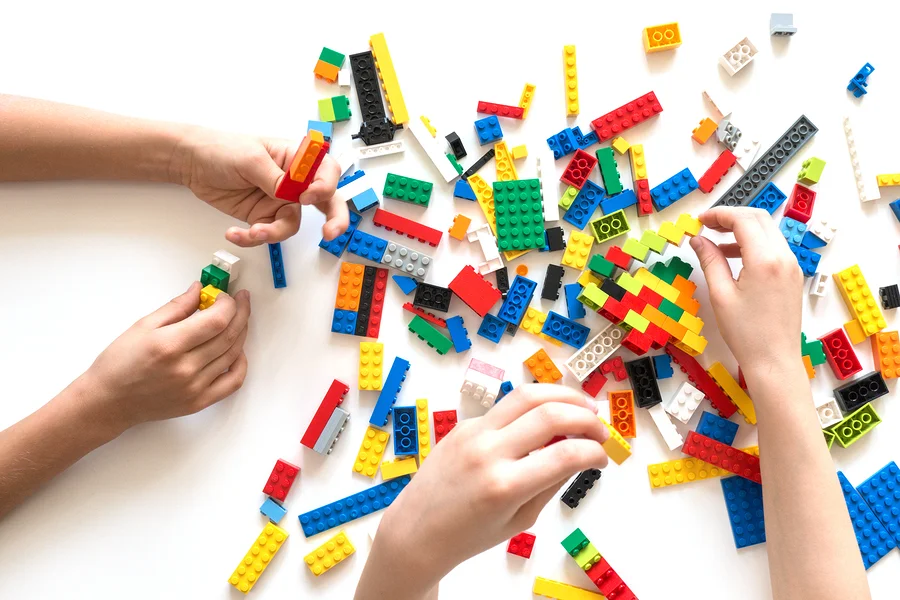


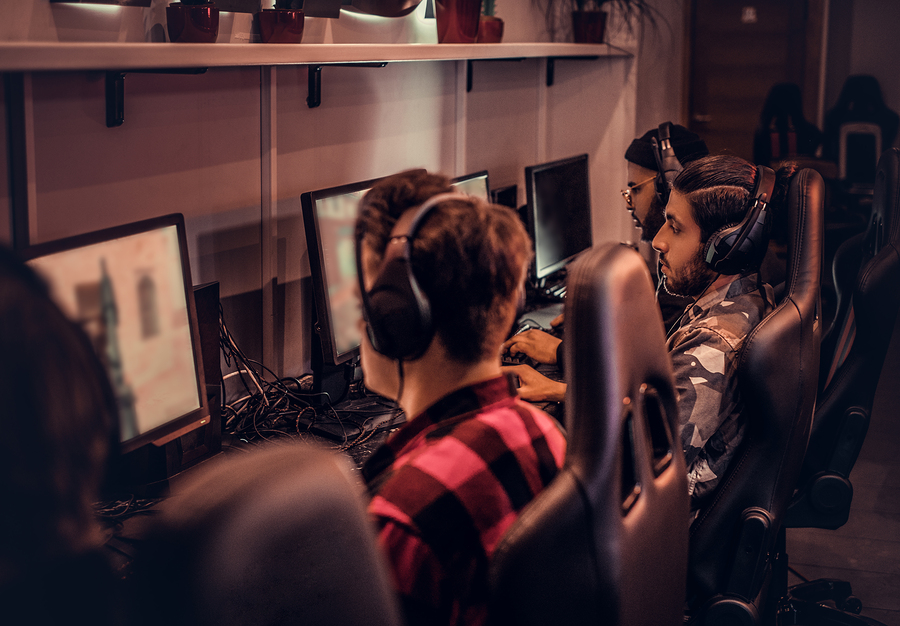
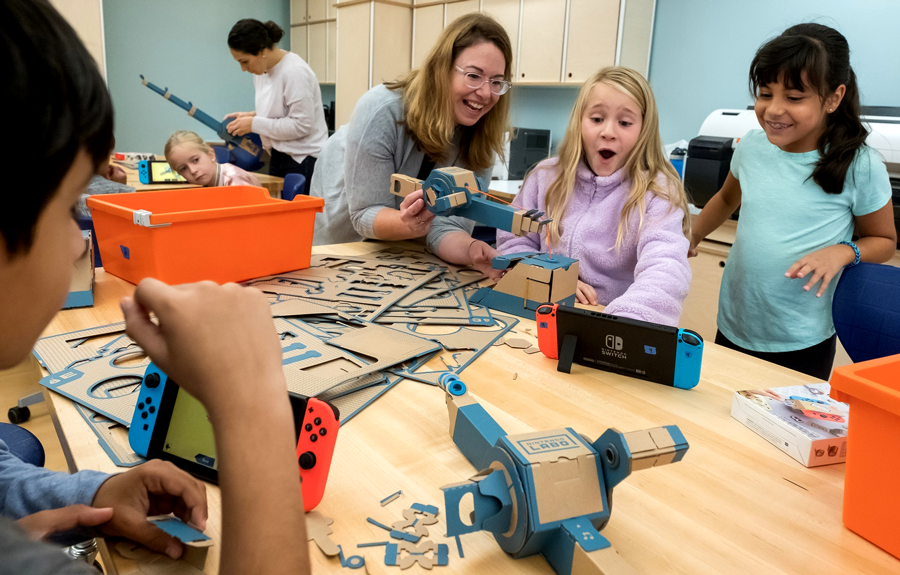

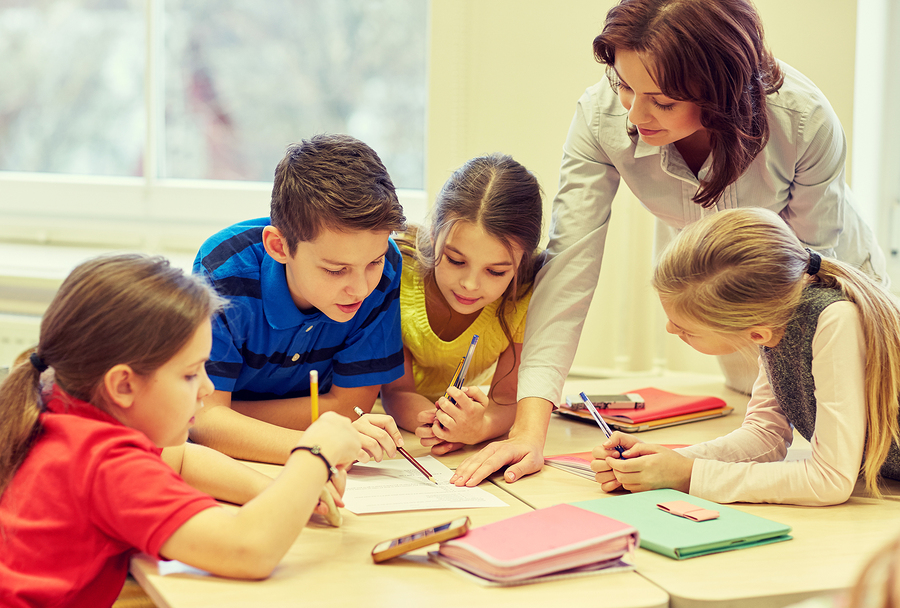


)
Sofía García-Bullé
Sofía García-Bullé
Sofía García-Bullé